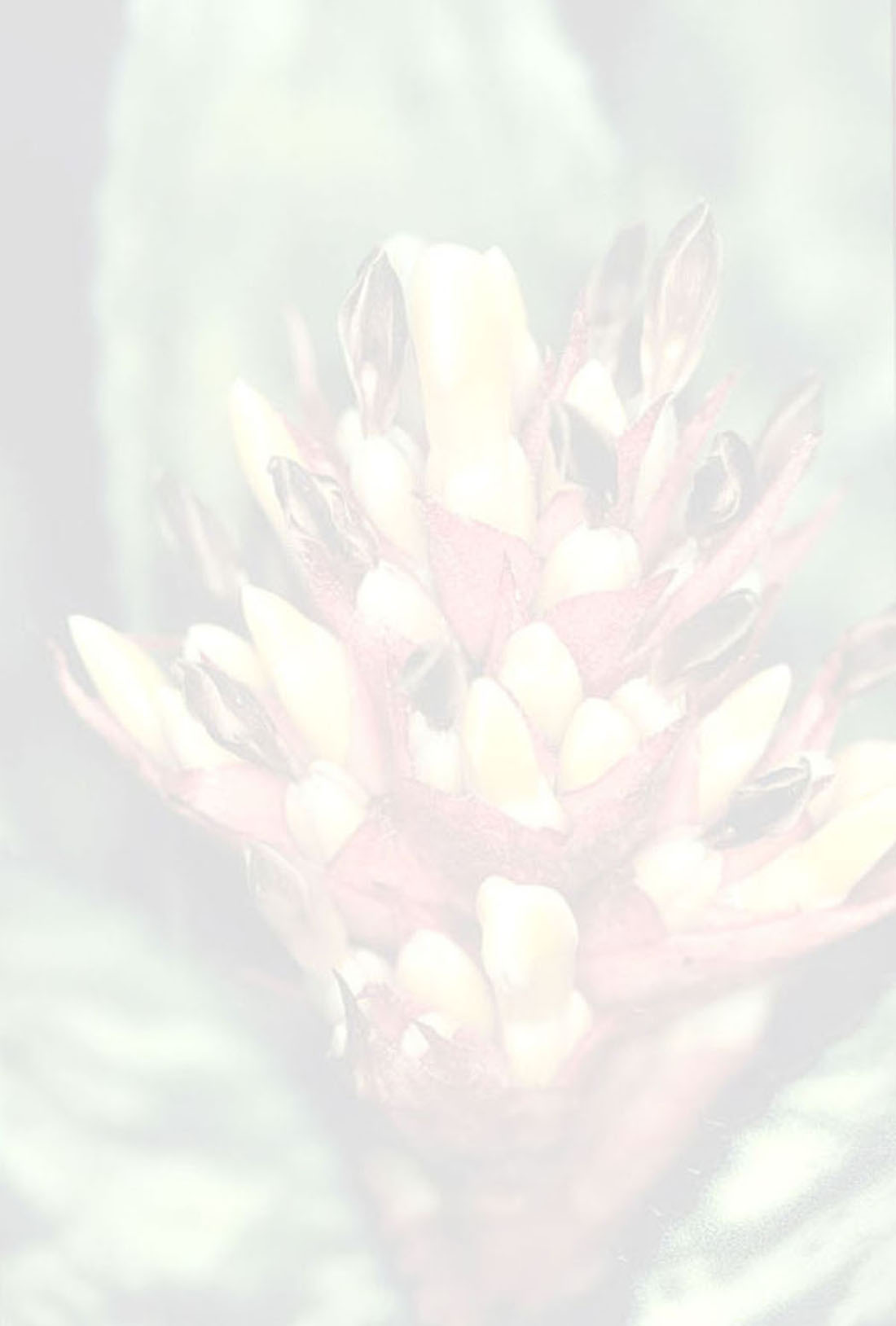



plant flowering 5- 7 dm or higher. leaves rosulate, to 2 m long, very rigid; sheath suboblong, slightly wider than the blades, to 4 dm long, entire, nearly black, covered on both sides with a brown membrane of fused scales; blade ligulate, attenuate to a stout rigid black spine 1–2 cm long, 11 cm wide, laxly serrate with stout curved black spines 5 mm long, covered with a whitish membrane of fused scales or becoming glabrous above. inflorescence: peduncle erect, very stout; peduncle bracts erect, densely imbricate and concealing the peduncle, the lower subfoliaceous, the others broadly ovate, acuminate to a stout rigid spine, densely serrate, the upper massed below the inflorescence and recurved; fertile part simple, very densely cylindric or ovoid, broadly obtuse, many-flowered, 15–29 cm long, 11–20 cm in diameter; floral bracts straight, oblong, acuminate, pungent, 4–5 cm long, about equaling the sepals, 10–30 mm wide, serrulate, the lower half pale, subpapyraceous, strongly nerved, sparsely lepidote, the upper half dark castaneous, thick-coriaceous, covered with white appressed scales. flowers sessile, strongly compressed; sepals free, subtriangular, acute, pungent, strongly asymmetric, 20–25 mm long, thick, coriaceous, dark castaneous; petals slightly exceeding the sepals at anthesis, oblong, acute, greenish white, bearing 2 oblique scales near base. stamens included. pistil: ovary slenderly obconic, 25 mm long; epigynous tube large, crateriform; placentae extending nearly the length of the cell.Edited from (03-12-2014): Smith & Downs 1979. Bromelioideae (Bromeliaceae) in Flora Neotropica.